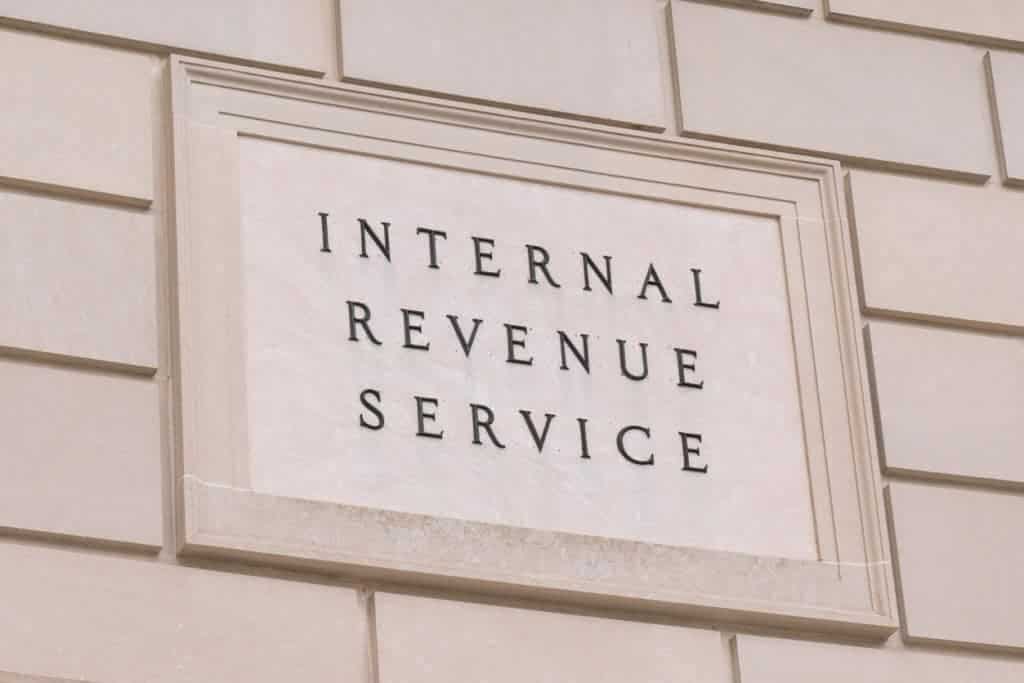
Important Changes to Partnership Capital Accounts in 2020

Partnership tax forms are changing. Starting in 2018, the IRS adjusted their forms to reflect several new reporting requirements. As a result, partnerships must report the following for each partner, including:
- Qualified business income, W-2 wages and unadjusted basis of business assets to aid in Section 199A calculations
- Excess taxable income and excess business interest to track the business interest expense limitation
- Long-term capital gain detail to determine carried interest limitations
Building on this, the IRS released a draft version of the 2019 Form 1065, including a revised Schedule K-1. The change that received the most attention was the requirement to report partnership capital accounts on the tax basis. Item L of Schedule K-1 must now report tax basis capital rather than capital calculated using Generally Accepted Accounting Principles (GAAP) or some other method. Business owners should take note because the time to comply with these changes is drawing near.
The issues with tax basis reporting
Tax basis capital represents a partner’s equity as calculated using tax principles and, while it may sound “simple,” calculating tax basis capital can be difficult.
First, it will be tricky to determine what the tax basis beginning balances should be. Current capital accounts have been tracked on what many call the “book basis,” so to determine tax basis capital, the partnership must trace partner activity back to the very beginning. Records that go back to Day 1 are not always available, and those that are may not be reliable. In addition, it will be difficult to learn how certain activities affect a partner’s tax basis. The IRS created a list of the most common activities to track, but it will take time to understand the new expectations and document everything that needs to be recorded.
Why the IRS is doing this
The IRS is instituting this requirement in hopes of capturing all taxable capital account activity. When a partner’s tax basis dips below zero, future distributions are taxable. Without tax basis reporting, there is no easy way for the IRS to know when distributions should be taxed.
The IRS has clearly turned its attention to capital accounts. On October 9, 2019, it issued final regulations eliminating “bottom dollar” guarantees. When a partner personally guarantees a partnership’s debt, they are permitted to increase their tax basis for that amount because they have taken on risk. However, many partner guarantees are not true guarantees. Partnership loans are often secured by collateral that would cover the loss if the partnership defaulted, so partners who guarantee these loans have made a guarantee that is of no real value.
When partners raise their tax basis for guarantees on partnership debt, they are eligible for more tax-free cash distributions, and, if their guarantee is significant, they can raise their tax basis in excess of their true investment. With the final regulations, the IRS eliminated this tactic. Even if they hadn’t, partner capital accounts must now be reported on the tax basis, so taking this approach will be much more difficult.
How to report tax basis capital
The IRS originally stated the effective date for tax basis capital reporting was for the 2019 tax year, but it received so much pushback that they have delayed the effective date by one year – at least for most taxpayers. In 2019, tax basis reporting will still be required for partners whose beginning or ending tax basis capital accounts were negative. This constraint was established in 2018, and the IRS has chosen not to ease up from this requirement. Partnerships that have a difficult time determining tax basis can use the IRS’s safe harbor approach this year. The safe harbor allows partnerships to calculate a partner’s tax basis capital by subtracting Section 752 liabilities from their outside basis. If these liabilities produce a negative capital account, businesses must report the excess as negative tax basis capital on Schedule L.
Act now
Beginning in 2020 partnerships will have to report tax-basis capital for all partners. If you are unsure how to calculate tax basis capital, reach out to Moore Colson for help. Our team can help review records and documentation to determine the true tax basis capital for each partner. If you have questions about partnership capital accounts or need assistance with another tax issue, we can help.
 Marcia Nally is a Director in Moore Colson’s Tax Services Practice. In this role, Marcia’s primary focus is on tax compliance and planning services for closely-held businesses and their owners in the real estate industry.
Marcia Nally is a Director in Moore Colson’s Tax Services Practice. In this role, Marcia’s primary focus is on tax compliance and planning services for closely-held businesses and their owners in the real estate industry.